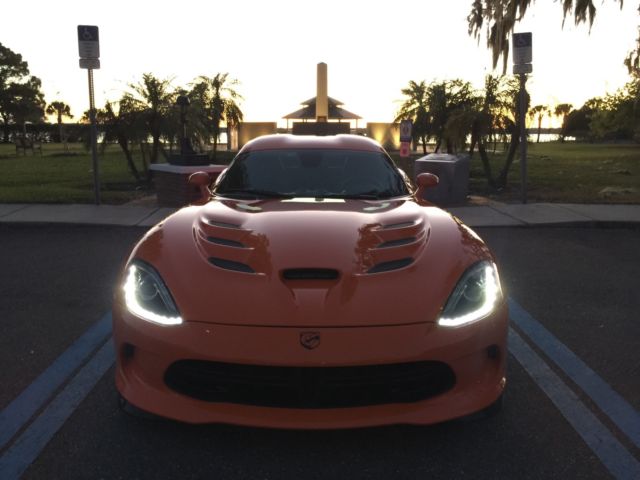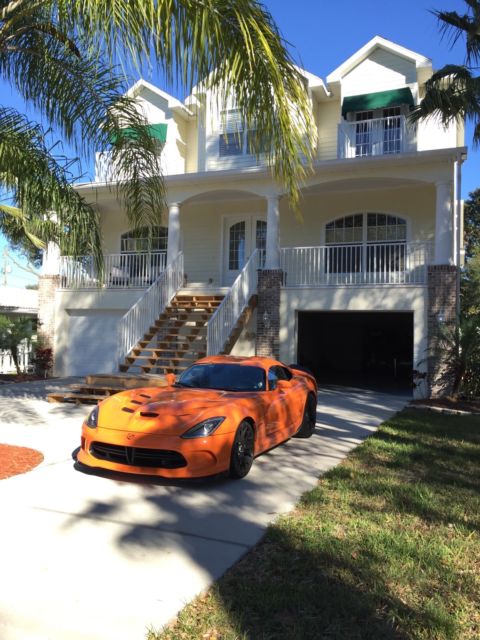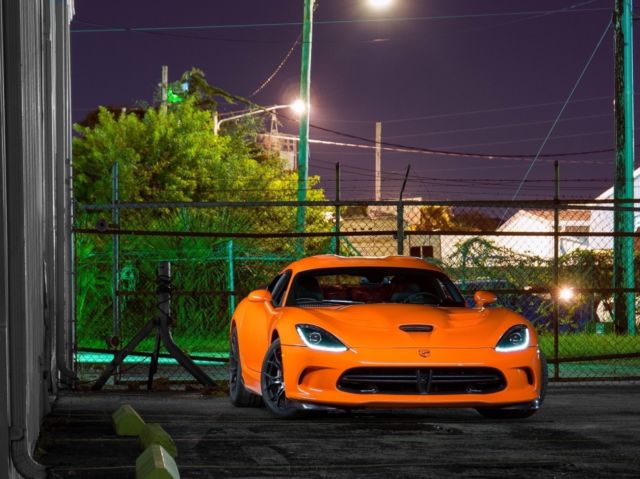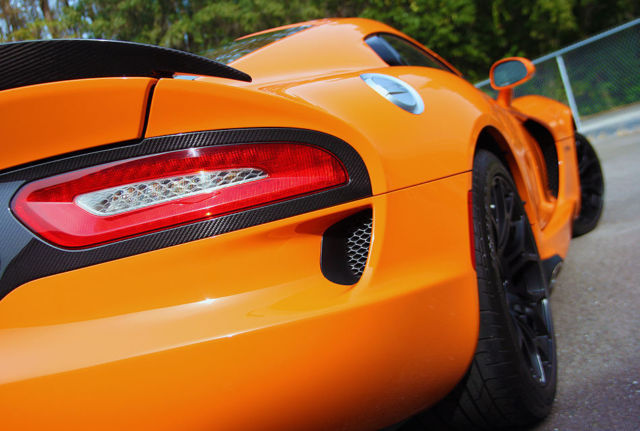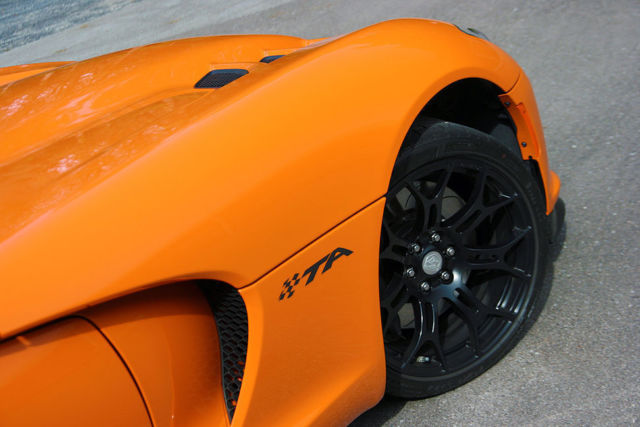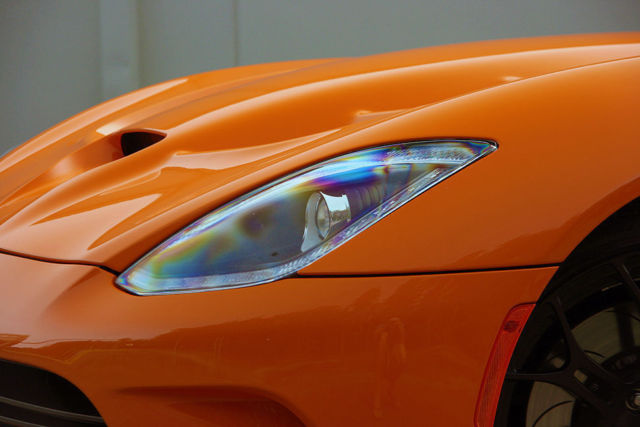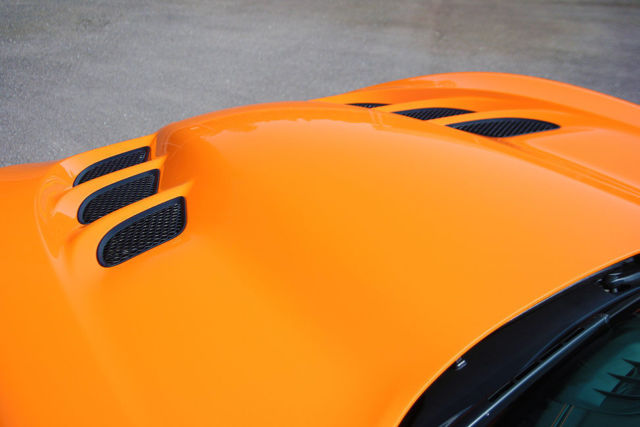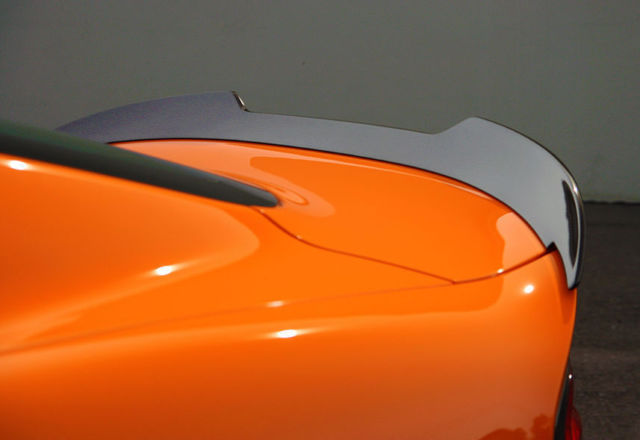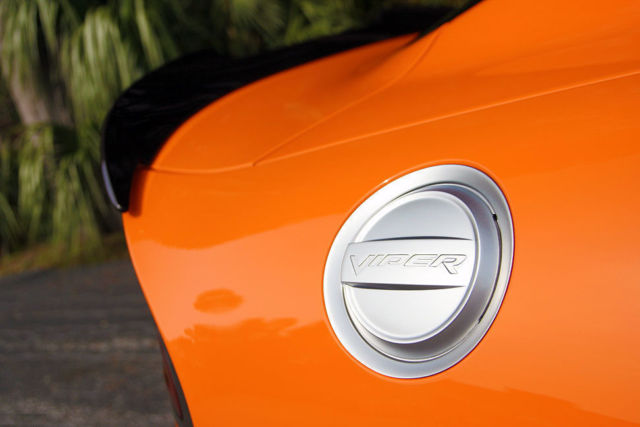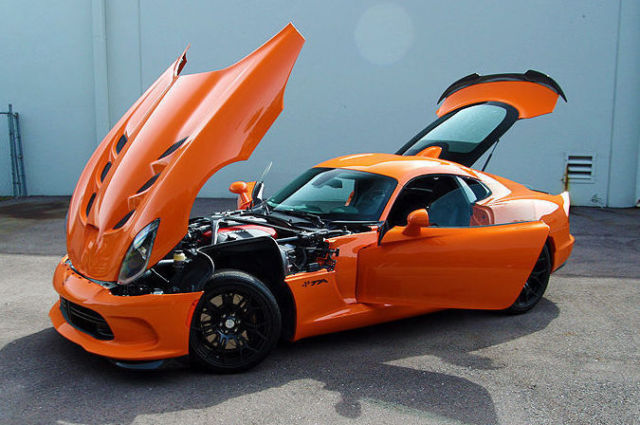2014 SRT DODGE VIPER T/A #31 of 93 ORANGE (RARE) MSRP $120,480
- Condition: Used
- Make: Dodge
- Model: Viper
- SubModel: T/A Limited Production #31 of 93
- Type: Coupe
- Trim: T/A
- Year: 2014
- Mileage: 9,444
- VIN: 1C3ADEAZXEV200031
- Color: Orange
- Engine size: 8.4 V10
- Number of cylinders: 10
- Power options: Air Conditioning, Cruise Control, Power Locks, Power Windows
- Fuel: Gasoline
- Transmission: Manual
- Drive type: RWD
- Interior color: Black
- Safety options: Anti-Lock Brakes, Driver Airbag, Passenger Airbag
- Vehicle Title: Clear
- Interested?
2014 Dodge Viper T/A Limited Production #31 of 93 Description
You are looking at my beautiful 2014 SRT Viper T/A. Vehicle is in almost perfect condition. I'm a car fanatic and enjoy taking care of my cars as much as driving them. I have never launched (Launch button on steering wheel) the vehicle as I see no need to try an accelerate any quicker than it does without this button. I have driven the vehicle graciously and the remaining tread on tires will be an indicator of this as I'd say they have at least 75%+ tread remaining, front brakes 80%+, oil just done at 44 miles ago at 9400mi. You won't be disappointed! Please call or message me if you have any questions. Good Luck! Chris 407-412-8627
Info below copied from:
http://www.caranddriver.com/reviews/2014-srt-viper-ta-first-drive-review
2014 SRT Viper TAThe automotive equivalent of a circus tiger. (It's even available in orange.)First Drive Review
Le Mans Viper driver Tommy Kendall summed up theSRT Viper TAperfectly in two sentences: “The best thing about this car is that it will do exactly what you tell it to do. And the worst thing about this car is that it will do exactly what you tell it.” He’s not kidding. Turn it too quickly, or get too deep into the 8.4-liter V-10 in the middle of a corner—in just about any gear—and the rear end will break loose, putting up a serious fight against the driver’s control of the beast. This track-focused model is obedient, but it demands deference. It’s the automotive equivalent of a circus tiger; one wrong move and you’re going to be in a world of hurt.
A TA—it stands for “Track Attack,” so you can get your mind out of the gutter—starts life as abase Viperand gets a host of alterations made with a single focus: lowering lap times. These include Pirelli P Zero Corsa tires, two small carbon-fiber splitters with a replaceable wear strip, new damper tuning, 20-percent-stiffer springs, a 35-percent-stiffer front anti-roll bar, a 31-percent-stiffer rear anti-roll bar, a high camber alignment, reworked brake rotors and pads, and a carbon-fiber engine-bay brace and rear spoiler. Orange stitching on the cloth interior doesn’t make you any faster; it just feels that way. The engine, the gearbox, and the shifter are the same as those found in base cars.
Get Down with the Downforce
For those who have made such changes to personal cars, that list might sound a little skimpy, considering the TA commands a $16,000 premium over the $104,480 base car, but the changes are certainly quantifiable. For example, those little splitters and the spoiler help produce a claimed 460 pounds of downforce at 150 mph. Compared with the base car’s 75 pounds at 150 mph, the additional downward push is not only significant but also advantageous on a racetrack. The only downside to the extra downforce is its attendant increase in drag, which means the TA tops out at 193 mph, SRT says, 13 mph lower than the base Viper.
The aggressive alignment, which we’re told is the maximum camber the stock suspension would allow, certainly helps midcorner grip, but it also delivers whip-crack turn-in and reduced tire wear over extended lapping. Reaching the grip limit, however, requires a tender touch. We heeded Kendall’s words as we gently explored the car’s limits at California’s intimidating Willow Springs International Raceway. Every lap, we braked later, entered corners faster, and built speed through the big track’s huge, fast sweepers. The key to mastering something as raw as the Viper TA is to build steadily on prior laps rather than try to lop off huge chunks of time.
First Drive Review
Helping our initial comfort level is the fact that the latest Viper includes a multiple-mode stability-control program. It’s a major tool in building up to the limit. Sport mode allows a small amount of slip, each brake caliper working to maintain the correct path, and the engine might automatically reduce torque if traction is lost. Track mode gets rid of the torque-limiting feature and increases the allowable slip angles, so much so that the best possible lap with the stability control off might be only 0.1 second quicker. Track mode almost certainly delivers more consistent times, although we’ll have to wait for our next installment ofLightning Lapto confirm that statement. SRT has promised we’ll have a TA on hand.
The changes to the brakes are somewhat subtle in both feel and hardware. The former remains strong in initial bite and pressure buildup in the pedal. The TA has the same brake calipers as do other Vipers. As a refresher, the base car employs solid rotors, and the GTS model uses a two-piece design. TAs are fitted with two-piece units, too, but their swept area is larger by 13.5 percent. This means larger brake pads are used, which are good for fade resistance and wear in a track environment. SRT says the TA won’t brake any shorter than the base or GTS model, but we suspect that, between the tires and brake hardware, we might be able to tease out an improvement of a foot or two.
In the pits, we overheard Kendall’s co-driver, fellow American Jonathan Bomarito, express his respect for the 640-hp road car, saying he wished their GTS-R racer pulled as hard. He wasn’t talking about basic acceleration characteristics but rather the top end on a straight. We estimate this model should post the same benchmark acceleration numbers as those of the non-TA car. The only new Viper we’ve tested—a GTS model for acomparison test—ran to 60 mph in 3.2 seconds and covered the quarter-mile in 11.5 seconds at 126 mph.
SRT is building only 159 examples of this Viper variant: 93 will be TA-exclusive orange, 33 will be white, and 33 will be black. But don’t fret if you can’t find a factory-fresh example or you want similar performance in a different color. All the parts are available over the Mopar counter, so any Viper could be retrofitted to keep up with a TA on the track. You’ll only miss out on the orange paint and the number plate on the dash signifying the limited run. In place of the latter, we suggest owners order their own custom plate engraved with that quote from Mr. Kendall—they’ll want to remember to pay their car some respect.
 2014 Dodge Viper SRT TA 1.0 - Orange - #70/93
2014 Dodge Viper SRT TA 1.0 - Orange - #70/93
Mileage: 4,050
 TWIN TURBO 2014 Dodge Viper TA Orange
TWIN TURBO 2014 Dodge Viper TA Orange
Mileage: 14,020
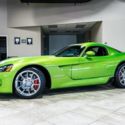 2009 DODGE VIPER SRT-10 COUPE MSRP $97k+ RARE Snakeskin Green 88 MILES WOW
2009 DODGE VIPER SRT-10 COUPE MSRP $97k+ RARE Snakeskin Green 88 MILES WOW
Mileage: 78
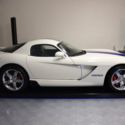 2006 Dodge Viper VOI9 Viper MINT! #35 out of 100, 5k miles.!! $92,185 MSRP !!!!
2006 Dodge Viper VOI9 Viper MINT! #35 out of 100, 5k miles.!! $92,185 MSRP !!!!
Mileage: 5,826
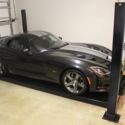 2014 Dodge SRT VIPER GUN METAL PEARL STRIPES 4k miles. $114,580 MSRP..!!!!!!!!!!
2014 Dodge SRT VIPER GUN METAL PEARL STRIPES 4k miles. $114,580 MSRP..!!!!!!!!!!
Mileage: 4,132
 2014 Dodge SRT Viper GTS MSRP $126,000 Only 3500 Miles GTS-R Blue Wrapped!
2014 Dodge SRT Viper GTS MSRP $126,000 Only 3500 Miles GTS-R Blue Wrapped!
Mileage: 3,500
 2014 Dodge Viper, One owner, Only 6,400 miles, Stryker Green (RARE)
2014 Dodge Viper, One owner, Only 6,400 miles, Stryker Green (RARE)
Mileage: 6,500
 2005 Copperhead Special Edition Orange Dodge Viper SRT-10 Convertible
2005 Copperhead Special Edition Orange Dodge Viper SRT-10 Convertible
Mileage: 39,000
 2017 Dodge Viper ACR 6 Miles Stryker Orange Tri-Coat Pearl 2dr Car 10 Cylinder E
2017 Dodge Viper ACR 6 Miles Stryker Orange Tri-Coat Pearl 2dr Car 10 Cylinder E
Mileage: 6
 2014 Dodge SRT Viper 5k Miles Viper White Clearcoat 2dr Car 10 Cylinder Engi
2014 Dodge SRT Viper 5k Miles Viper White Clearcoat 2dr Car 10 Cylinder Engi
Mileage: 5,215
